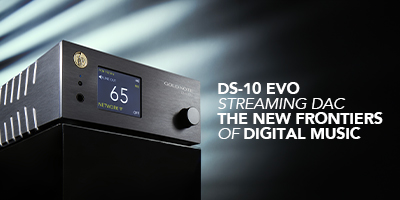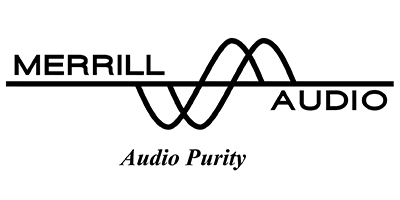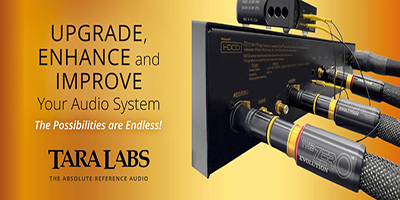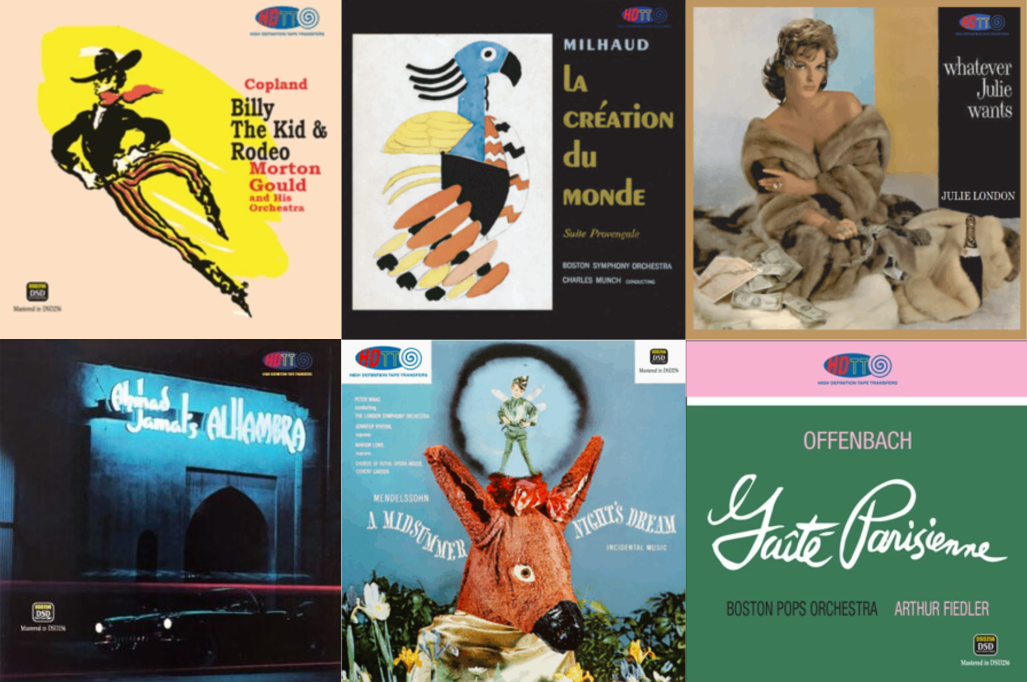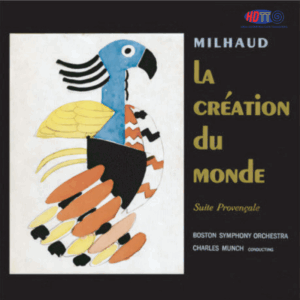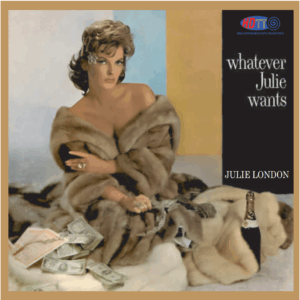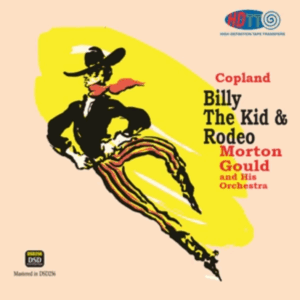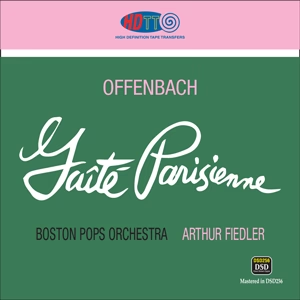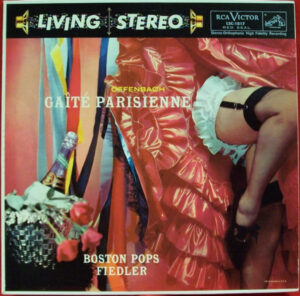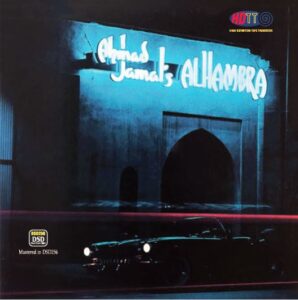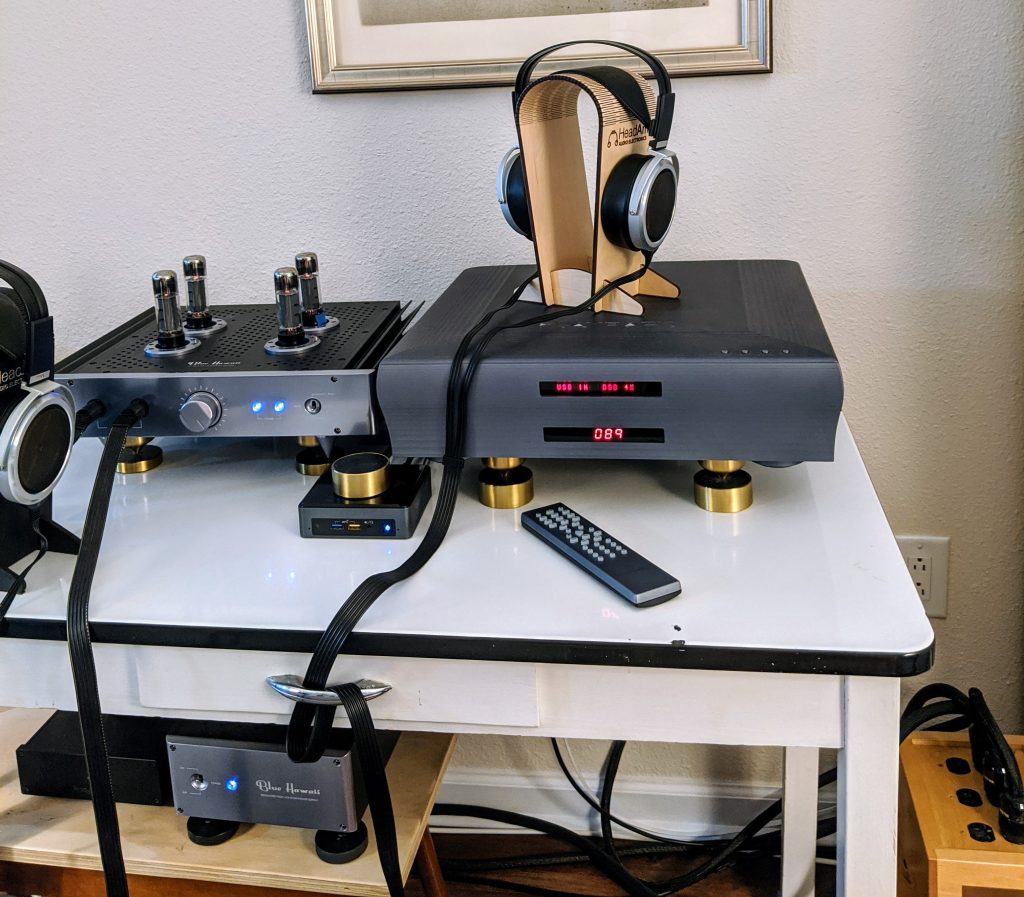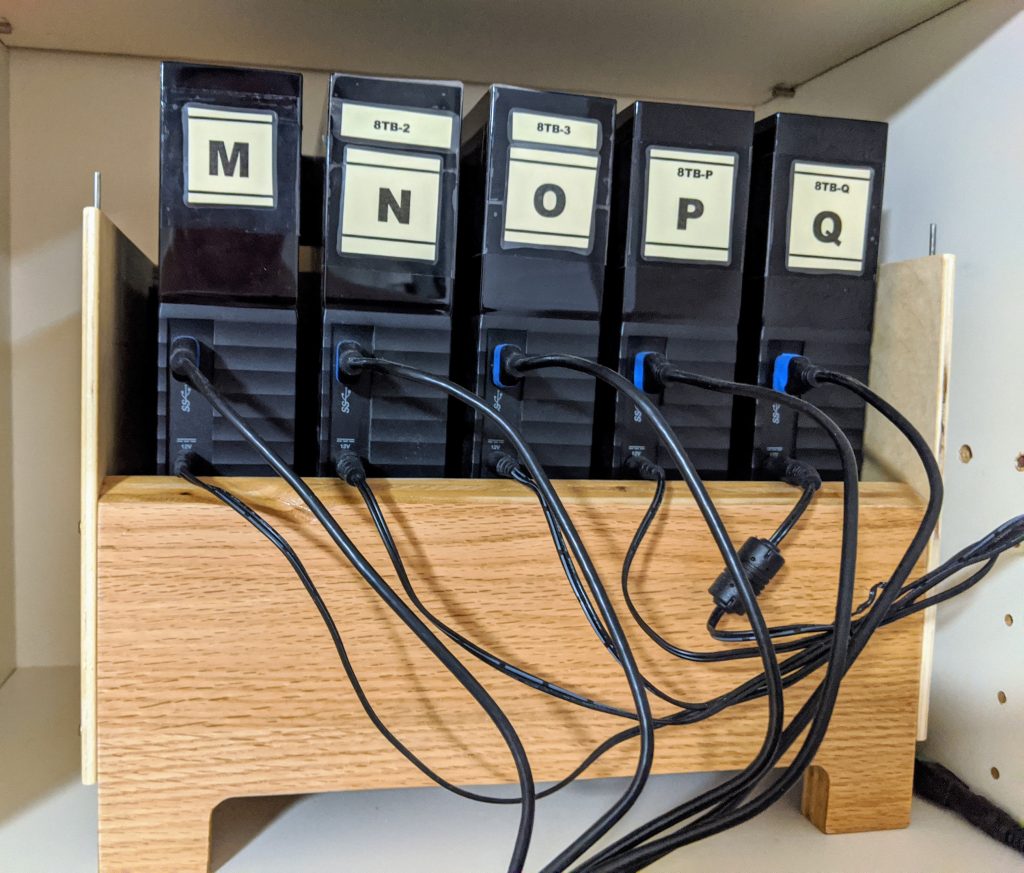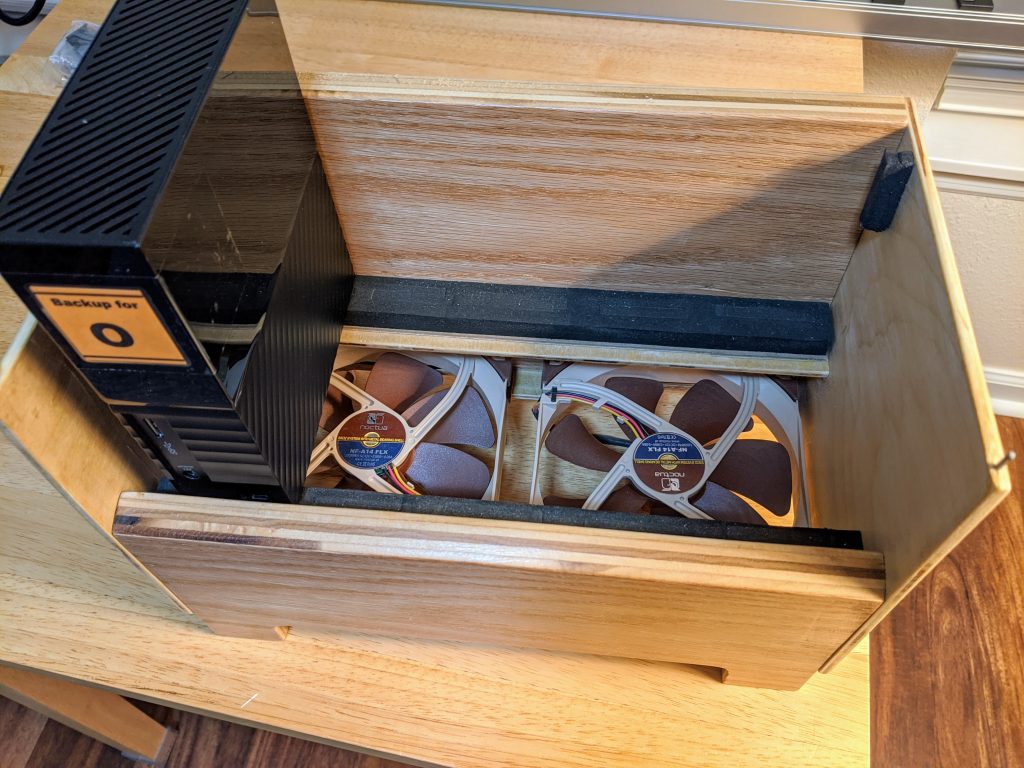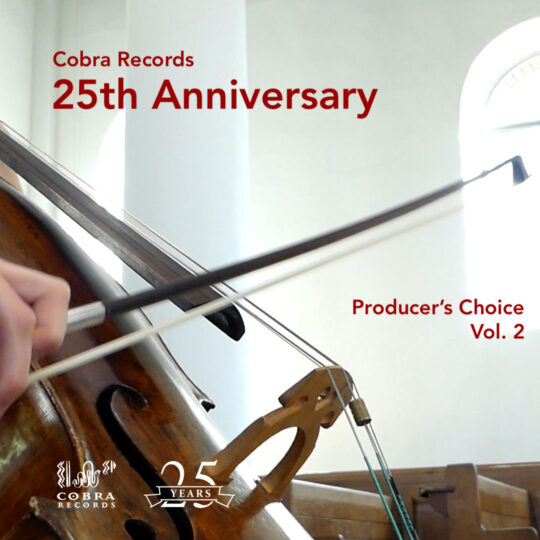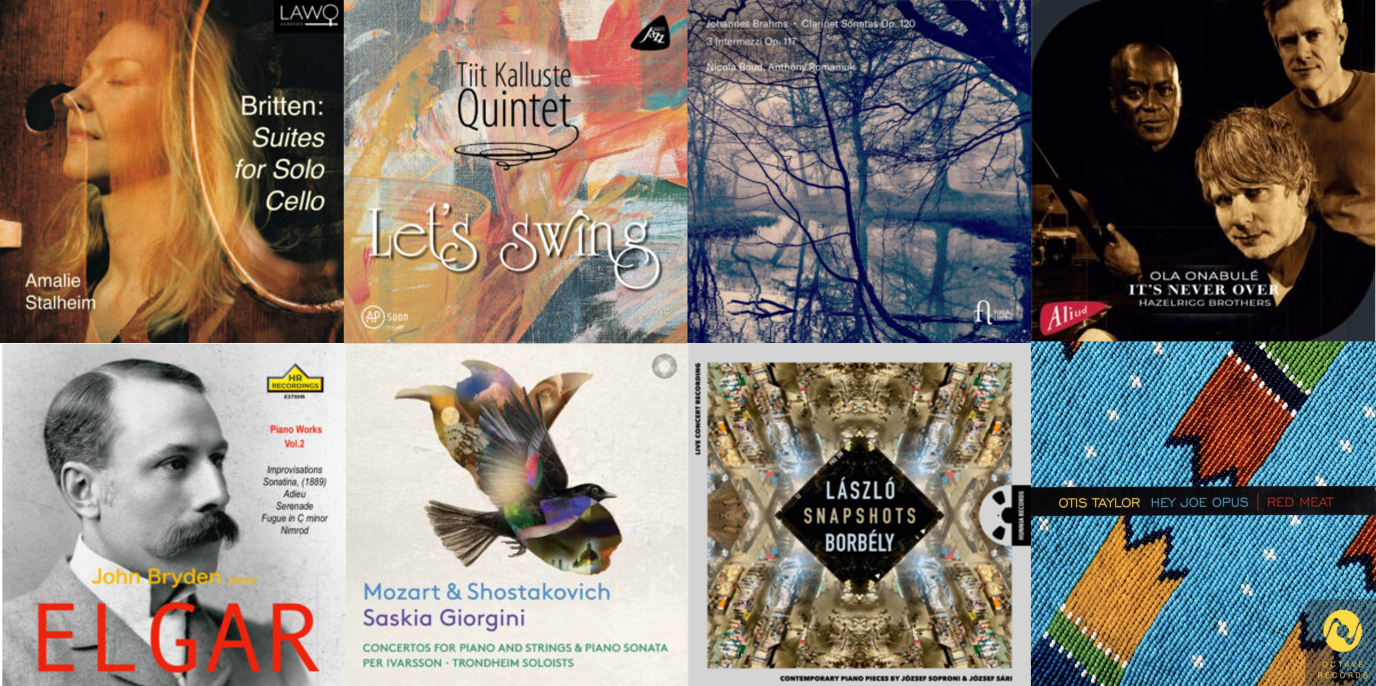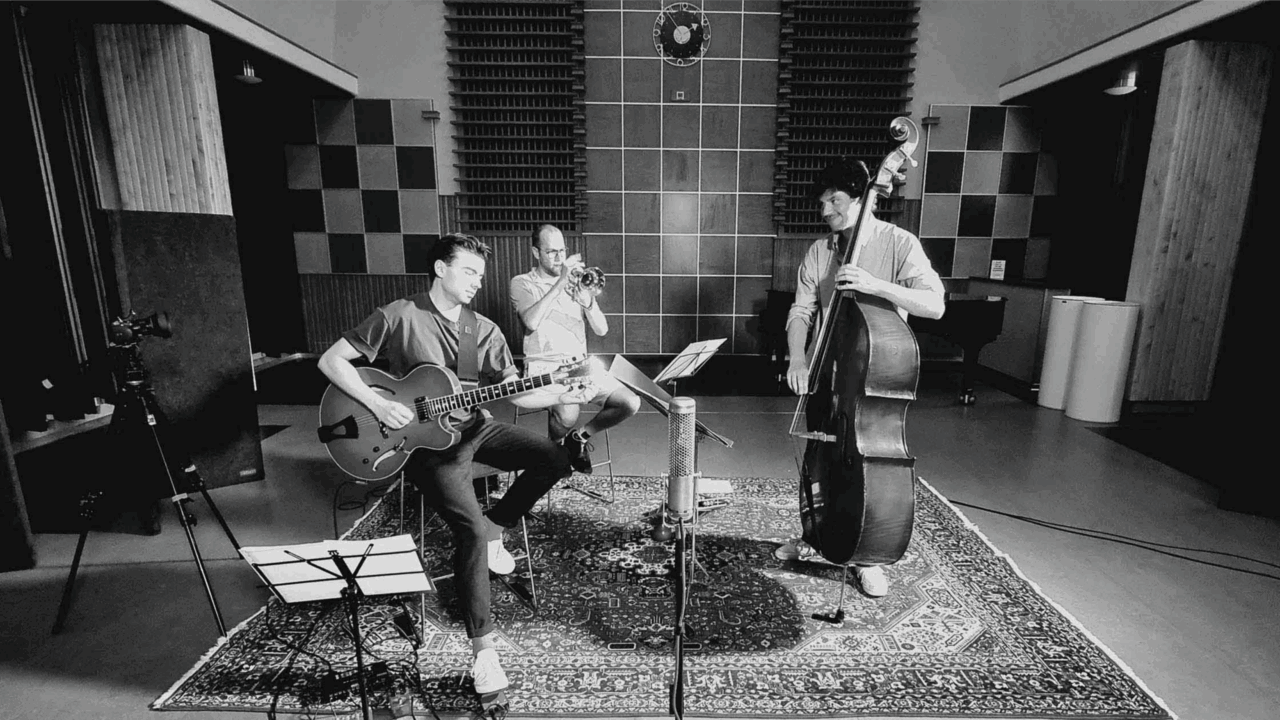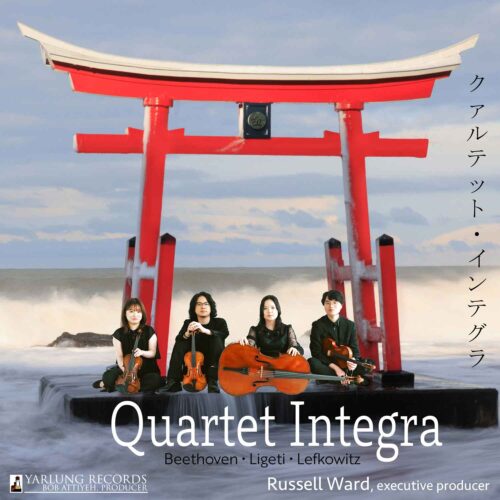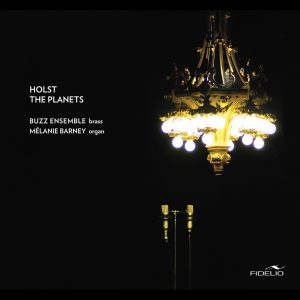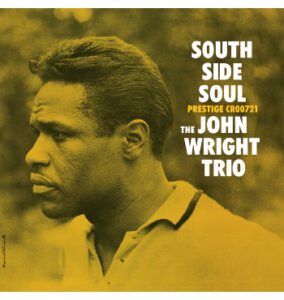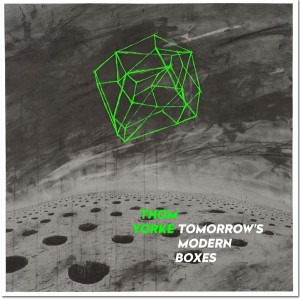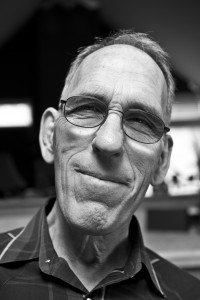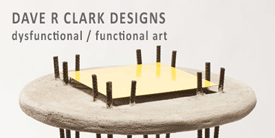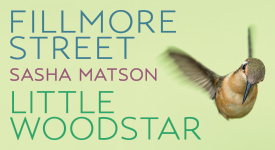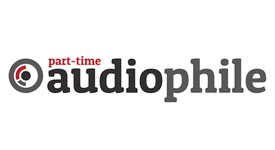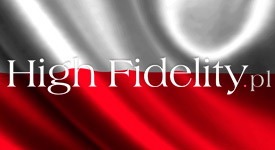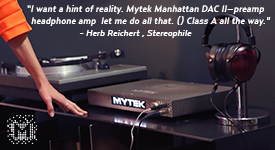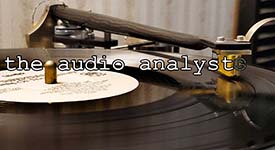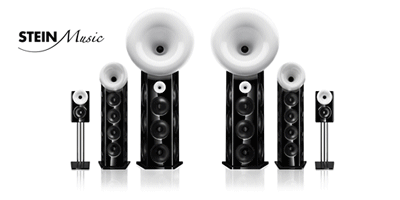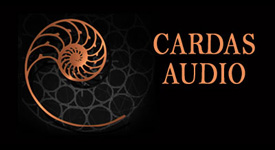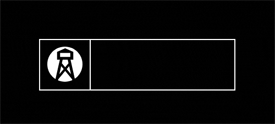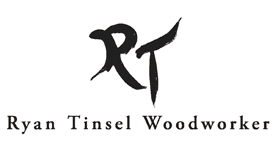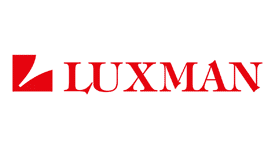This issue brings discussion of two new releases, and four that are included on my Pure DSD256 from Analog Tape: My Top of the Pile list but not previously reviewed. So, time to tell you more about these.
Milhaud, La Création Du Monde, Suite Provençale, Charles Munch, Boston Symphony Orchestra. HDTT 2025 1960-1961 (DSD256, DXD) HERE
HDTT continues to find sources from which to transfer some of the greatest recordings from the golden age of stereo. Here we have yet another of the great RCA Living Stereo albums, originally issued in the elegant Soria Series packaging. Recorded by engineer Lewis Layton and producer Richard Mohr, the team who collaborated on so many of the Living Stereo releases, this recording captures well the spacious sound of Boston's Symphony Hall and the excellence of Munch's Boston Symphony Orchestra.
Darius Milhaud's La Création Du Monde ballet (1923) is a fun-filled jazzy avant-garde ballet from the 1920s and one of the classics of the twentieth century. Introduced to jazz during his visit to London in 1920, Milhaud was drawn to the freedoms of jazz and its rhythms. And in his 15-minute ballet of 1923, he makes wholesale use of the jazz style in a purely classical music orchestral setting. Leonard Bernstein summarized: "The Creation of the World emerges not as a flirtation but as a real love affair with jazz."
His Suite Provençale (1936) is a folksy, swaggering, joyous piece, a delightful throw back to the lilting melodic universe of such works as Bizet's L'Arlésienne. It is one of Milhaud’s most popular and often recorded compositions. Based partly on themes by the minor Baroque master André Campra, and partly on folk tunes, this is a loving tribute to the part of the world Milhaud knew best.
Both works are infectious and performed here with panache.
Transferred from a 15ips 2-track tape, with no compression, this HDTT release has unrestricted dynamics and an open, airy overall sound. Be mindful of your initial volume control setting. And, while I usually prefer listening to the edit master for any download files (the DXD version here), in this case I preferred listening to the DSD256 for the sweetening it added to the sound by comparison to the DXD. Its sound was just a bit more relaxed and enjoyable when played at full volume, without any loss of resolution.
Julie London, Whatever Julie Wants. HDTT 1961 2025 (DSD256, DXD) HERE
Julie London is one of those iconic female singers you either love or try to find ways to distance yourself. I'm in the "love" camp—I just love her voice, her way of inflecting a phrase, her subtlety of expression. She can sing the most outrageous lyrics and make me believe her. If you've not heard her recordings, Whatever Julie Wants is a great place to start. It doesn't contain her chart busting "Cry Me a River" but what is here is very nice. The arrangements by Felix Slatkin are excellent and he backs her with the orchestra very well. Bob Witrak's transfer from this tape is about as good as it could possibly be.
You may note in HDTT's tech specs that Bob is using for this transfer a new vacuum tube tape preamplifier designed by Victor Khomenko (first used on his transfer of Jazz Giants '58, HERE). The bloom this new preamplifier provides in the top end is utterly gorgeous. Makes the album just come alive! Well done!
Copland Billy The Kid, Rodeo, Morton Gould and his Orchestra. HDTT 1958 2019 (Pure DSD256) HERE *
This is an album from my Pure DSD256 from Analog Tape: My Top of the Pile list. I've always enjoyed this recording, but never carried it along to a review. Time to correct that.
Originally released in the RCA Living Stereo series, this album is another Lewis Layton masterpiece of orchestral recording technique. Recorded in The Manhattan Center, New York City, between October 1 and 2, 1957, the soundstage is wide and deep, and the captured orchestral detail is immense. This was a time during which Layton's microphone layout would still have been relatively simple, from what I know of the history. And the specificity of instrument location, and rock solid imaging, supports this assumption.
The album includes the complete Billy the Kid ballet music and the Rodeo suite (which consists of the movements "Buckaroo Holiday," "Corral Nocturne," "Honky Tonk Interlude," and "Saturday Night Waltz"), all as originally released in 1958 by RCA. There have been multiple reissues of this music over the years, often with different couplings. HDTT transferred this from a 15ips 2-track tape, perhaps a copy of a production tape, perhaps a safety, perhaps an engineer's courtesy copy, we don't know. But, the vintage comes from before those various reissues with the various different combinations of music, so this is what we have.
And it sounds just great! All the virtues of a 15ips tape captured in Pure DSD256, with no PCM. This is as close to the sound of the actual tape as it gets. When I talk about getting "the master tape listening experience" in my listening room (HERE), this is an example of what I mean. Dead silent background, full rich, detailed sound, extended frequency range, and great dynamics—one simply becomes immersed in the sound of the orchestra. Recordings of full symphony orchestras rarely get better than what we have here.
Yes, it is a 1958 recording, and it has the sound of the electronics of that time, not of today's more transparent electronics. But, wow! Does it sound nice with its gorgeous, somewhat tubey, truly sweet sonics.
And these performances by Morton Gould and his orchestra are legendary. They are truly a standard against which to assess all others. Copland used Western and cowboy melodies for both of these compositions. Billy the Kid is presented in a jaunty, tuneful, atmospheric, soulfully longing orchestral tour de force. Similarly, Rodeo is one of the liveliest things Copland ever wrote; when that "Honky Tonk Interlude" hits, it will shock you right out of your seat. That these two works should stand as two of his most popular scores is not surprising.
Yes, I know that Bernstein, Slatkin, and Michael Tilson Thomas have all made recordings of these works. They're very fine orchestral performances. And some argue they surpass Gould's performances. But not me. Morton Gould never let's us forget that this is dance music—written for ballet. And the music thrives because of this, the performances surpass all others because of this. Are there some ensemble bobbles, some occasional lapses in precision, some occasional loss of articulation? Yes, all true. But for me these nits are completely overshadowed by the shear joyfulness of the overall performances.
So, if you love classical music, appreciate Copland, and download ultra-high resolution digital, get this album. Just get it. You'll love it.
Mendelssohn, A Midsummer Night's Dream, Peter Maag, London Symphony Orchestra. HDTT 1957 2018 (Pure DSD256) HERE *
Recorded at Kingsway Hall, London, February 27-28, 1957, this is another superb production by the Decca recording team of producer James Walker and engineer Cyril Windebank. The depth of the Decca recording teams was remarkable. James Walker was among the best on their staff and was responsible for producing many superb recordings through the golden age of stereo recording.
And, this is one of the best of the great Decca recordings. It is that ever sought combination of great engineering and production, combined with outstanding music, conductor and musicians. The holy grail grasped and delivered.
Among the many factors that makes this a favorite recording of mine is that the performance uses chorus and vocalists in the production. And truly excellent ones at that. The combination of female chorus and soprano soloists (Jennifer Vyvyan and Marion Lowe) help create the fairy tale atmosphere with vivid, pointed, and colorful singing. So much more complex a musical experience than just the orchestral selections by themselves. The chorus sings with the best of English choral tradition: exceptionally clear and precise diction, and superb ensemble.
This is a lyrical performance of great beauty, yet Maag never short-changes the music's drama and rugged power. He maintains taut control, builds the tension, charges into the climaxes. But all the while there is a sense of magic and wonder. Quite a combination to achieve so successfully.
I have quite a few other performances, some also with female chorus and soloists, some instrumental only, and I enjoy them. Ivan Fischer tops my list of alternative performances. Monteux, Ormandy, Szell, Gardiner, and Kempe all provide great enjoyment. But Peter Maag's performance has held my heart as the one I turn to most frequently and against which I assess all comers. When I had it on 45rpm vinyl, it was glorious. Today in this Pure DSD256 transfer from tape, I think the sound quality may be even better. And my vinyl playback back in the day was no slouch.
So, consider this HDTT release recommended. Highly.
Offenbach Gaite Parisienne, Arthur Fiedler, Boston Pops. HDTT 1954 2019 (Pure DSD256) HERE *
Talk about bringing out the war horses. There are few pieces of music more consistently flogged than this Gaite Parisienne. But, it gets played and played because Offenbach really did write some great music here. It captures our imagination, it is as lively and full of zest as music gets. And it is just plain fun.
Arthur Fiedler (1894-1979) maintained it was his principal aim "to give audiences a good time." As conductor of the Boston Pops from 1930, Fiedler developed a varied and light-hearted repertoire that struck a responsive chord in the public. He excelled at adapting popular dance music and other songs to performance by a symphonic orchestra. Fiedler was viewed by many critics as a highly able technician and a superb showman rather than as a first-rate interpreter of classical music.
And in this performance of Offenbach's Gaite Parisienne Fiedler's penchant for fun and a good time is operating at full tilt.
Original Living Stereo Cover, LSC-1817, 1958 (Discogs)
The liner notes tell us that Jacques Offenbach died in 1880, yet it is his name that is attached to this ballet that first appeared in 1938. The tunes in Gaîté Parisienne are Offenbach's, but much of the orchestration, as well as the arrangement of the numbers, was done by Manuel Rosenthal. The scenario contrived for the ballet was taken from Offenbach's operetta La Vie Parisienne. The premiere of Gaîté Parisienne on April 5, 1938, at the Théâtre de Monte Carlo, was a great success and the music has been in the standard repertory ever since, often presented in "pops" concerts.
And again from the liner notes: "Much of the music in Gaîté Parisienne, of course, was already familiar when it was first presented, which may have aided its success. The popular "Can-Can," for example, is taken from Offenbach's operetta, Orpheus in the Underworld (1858; rev. 1874). The familiar Barcarolle, which closes the ballet, comes from the Tales of Hoffman (1881), his last operetta."
Listening to these three Offenbach operettas is a rewarding adventure I recommend to you. But, it is fun to have the pastiche that is Gaîté Parisienne.
Recorded June 1954 in Boston Symphony Hall by RCA this reissue from HDTT is taken from a 15ips 2-track tape in a straight transfer to DSD256 with no PCM processing. Bob doesn't tell us the source of the tape, but whatever it is, the sound quality is excellent. It might have been recorded yesterday.
Recommended for a bit of riotous fun in great sound quality.
Ahmad Jamal's At The Alhambra Live. HDTT 1961 2018 (Pure DSD256) HERE *
Dr. David Robinson introduced me to this album when I was first getting started with my transition to digital. This was one of his many recommendations that he felt would help me get over the trauma of getting rid of my vinyl and recognize that "there is music after vinyl," as he would tell me. He was right. And such an excellent recording and reissue this is.
The music and performances are great, as long known. But this HDTT transfer from tape in Pure DSD256 makes the album outstanding. Dead quiet background, immense detail and resolution, transients that just kick you out of your seat, and that open airy sound of a good reel-to-reel tape that is so very distinctive and enjoyable.
This is a live recording, so you'll hear some audience appreciation. But it is a very quiet and respectful audience, never intrusive. Ahmad Jamal on piano, Israel Crosby on bass, and Vernell Fournier on drums work splendidly together.
One of the most individualistic pianists, composers, and arrangers of his generation, Ahmad Jamal's disciplined technique and minimalist style had a huge impact on trumpeter Miles Davis, and Jamal is often cited as contributing to the development of cool jazz throughout the 1950s. He definitely leads the trio, but with reserve—playing with a pared-down nuanced style that allows Crosby and Fournier alternating turns to take place out in front. His piano playing has a spare, bluesy quality that is addictive. I can listen and listen, never becoming bored because he is always innovating, changing things up.
Highly recommended. Try it. I think you'll love it.
For what it may be worth to you, I did a brief listening comparison to a DSD64 rip of an SACD release of this album. As so often the case, the SACD had been PCM processed to compress the dynamics, boost the bass, and tweak up the highs which, while more pronounced, lost the sweetness of the HDTT Pure DSD256 tape transfer. The SACD was harder, harsher. It further lacked the overall transparency and clarity of the DSD256 file. It was listenable (surely) but it was just not as involving and satisfying as the HDTT reissue.
* These albums are from my Pure DSD256 from Analog Tape: My Top of the Pile list. I've always enjoyed them and considered them references for sound quality, I'd just never carried that along to a review. Correcting that now.

